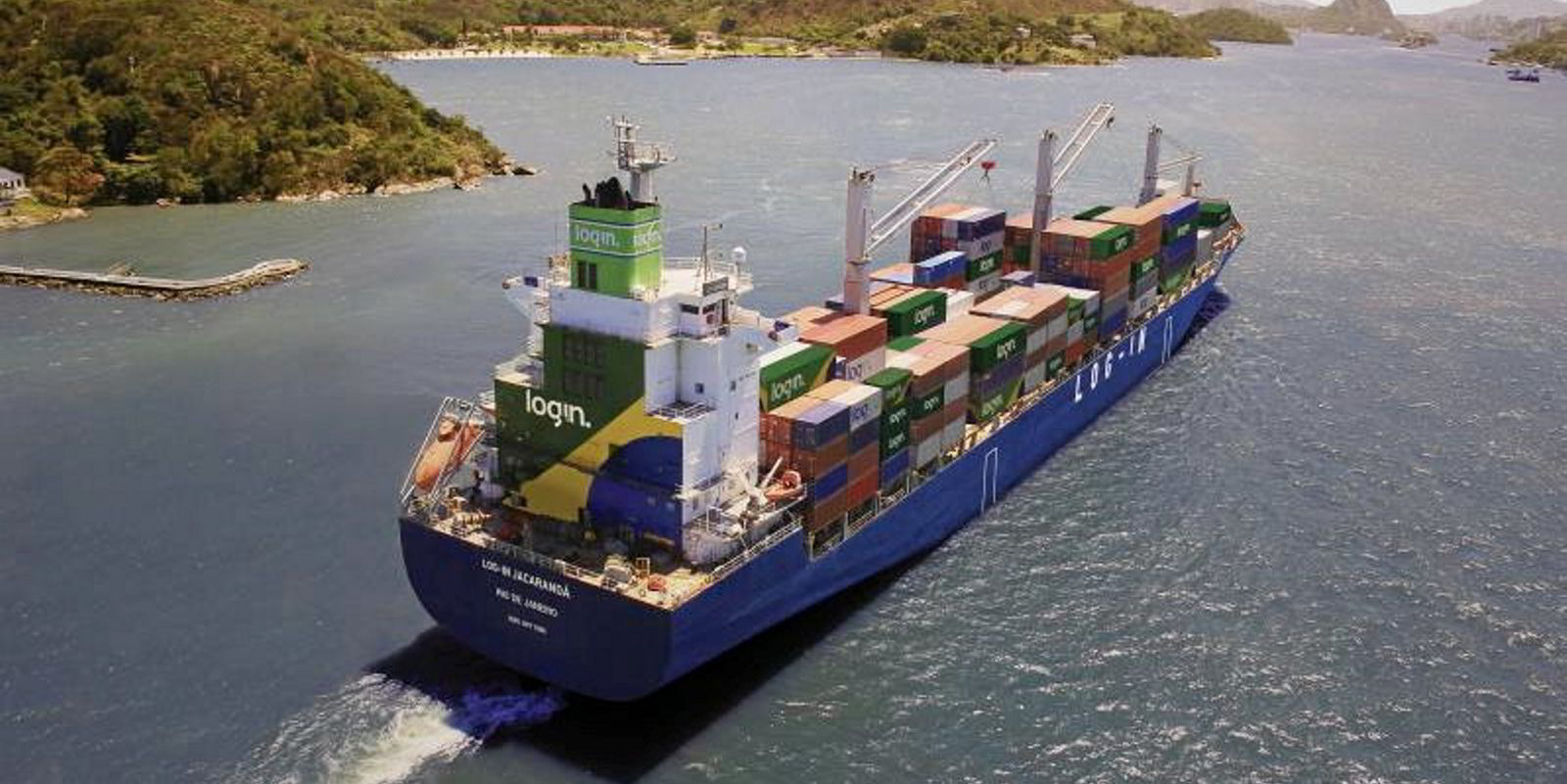In global container markets, the song remains the same. Since the publication of MSI’s third-quarter report, both freight and time-charter rates have essentially moved sideways. MSI’s T/C Rate Index has registered a 4% fall since September, but this has been driven only by smaller containership benchmarks and in the most recent data market movements have been sidewards or in some cases upwards again.
In freight markets, the end of the ‘traditional’ peak season has also brought about few changes in spot rates. As Christmas volumes tailed off, there was reportedly a marginal decrease in competition for space on the key trade lanes, leading to reduced application of ‘guaranteed loading’ surcharges, but these market moves were essentially sidewards and indeed over the past two weeks momentum has shifted back so rates are climbing again.
Long-term contract freight rates, meanwhile, have continued to climb as a greater number of annual contracts with liner companies are renegotiated. Average long-term contracts are now being signed at over double last year’s levels according to freight benchmarking platform Xeneta.
It is now 12 months since the market was launched into the stratosphere, and the most challenging thing is, it is hard to grasp why so little progress has been made in alleviating the situation. Over this timeframe around 1m teu of net vessel capacity has been added to the fleet, while newbuilding production of containers is on track to exceed the previous annual record by around 40% this year.
Of course, as we are all well aware, the volume of capacity and equipment ‘out there’ is fundamentally not the driver of the current market environment, but rather the forced unproductivity of those ships and containers.
But even here, things we earlier thought would make a difference have manifestly not: levels of vaccination in China, Europe and (more variably) the US are now high and yet this has not yielded noticeable improvements in port productivity and supply-chain bottlenecks. It is true that crew change and quarantine requirements in China remain a drain on vessels’ time, but it now seems clear that unvaccinated dockworkers were not the obstacle.
There have of course been intervening events, and perhaps without these markets would have softened since the first quarter of 2021. The grounding of the Ever Given at the very least interrupted earlier progress in easing backlogs. Since the second quarter of 2021, we would actually group apparently-unrelated disruptions to port operations in Yantian, Ningbo and SE Asia under the umbrella of the Delta variant’s impact. A raft of extreme weather events have also added pressure.

So where does this leave us? It is clear that the US remains at the root of the global problem. Consumer demand remains incredibly robust, while a lack of warehouse space has meant ports are being used to store goods and a (bewildering) apparent lack of outdoor space means truck chassis are being used to store empty containers. If these issues really do remain the critical bottlenecks, then this is potentially encouraging; we struggle to believe these are problems beyond the wit of man to fix.
So, while we cannot envisage meaningful downward movement in markets before the end of the first quarter of 2022 at the earliest, given time our overall position remains unchanged: impairments to vessel productivity will be lower on average next year compared to this year, and further improvement will follow in 2023. With fleet growth ramping up from the middle of 2023 onwards, this will come to place notable pressure on market balances, and both freight and time-charter rates will fall to a level quite a bit closer to pre-pandemic levels than today’s.
If, ultimately, markets do not fall meaningfully once it becomes implausible to blame congestion and Covid-19 (and the Omicron variant could delay that date further), we will readily attribute greater weight to a changed industry structure (and as likely will regulators) and adjust our modelling accordingly. But for now, container markets remain in the shadow of the pandemic, and it is still too soon to tell if the industry is permanently transformed.
Daniel Richards is an associate director at advisory Maritime Strategies International.






